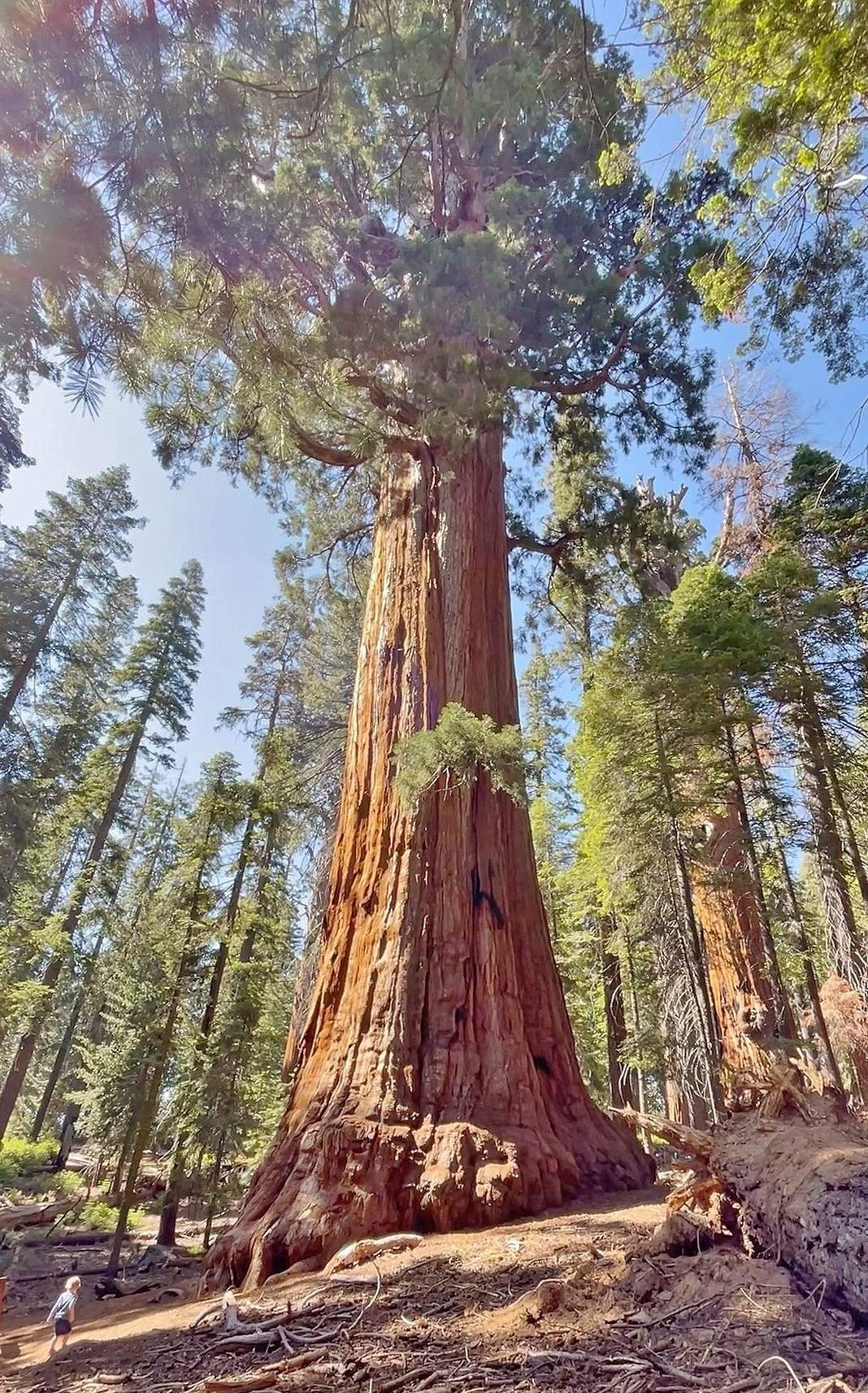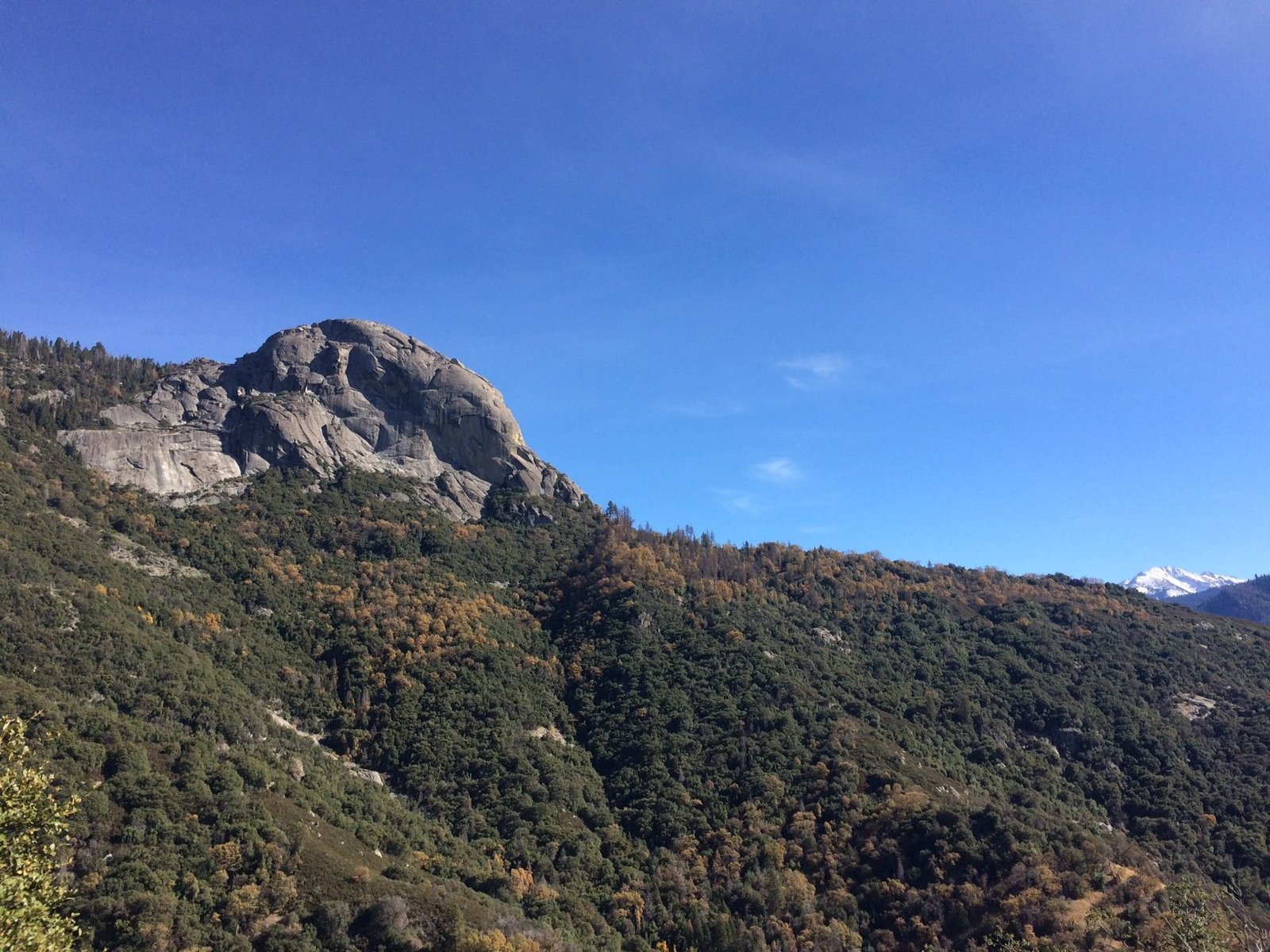Sequoia National Park, as described by Lonely Planet, is a majestic wonderland of giant trees, rugged peaks, and diverse ecosystems. This park, located in California’s southern Sierra Nevada mountains, is home to the world’s largest trees and offers a range of activities from easy nature walks to challenging backcountry adventures. Lonely Planet’s guide to Sequoia National Park provides essential information on hiking trails, accommodations, and unique experiences, making it an invaluable resource for visitors planning their trip to this natural wonder.
What Are the Top-Rated Hiking Trails in Sequoia National Park?

Sequoia National Park offers a variety of hiking trails suitable for different skill levels. Here are some of the top-rated trails according to Lonely Planet:
- Tokopah Falls Trail
- Length: 3.4 miles round trip
- Difficulty: Moderate
-
Highlights: Showcases the park’s best features, leading to a 1,200-foot waterfall
-
Monarch Lakes Trail (via Mineral King)
- Length: 8.4 miles round trip
- Difficulty: Strenuous
-
Highlights: Expansive views and high-altitude lakes, steep climb out of Mineral King valley
-
Congress Trail
- Length: 2.7 miles
- Difficulty: Easy to moderate
-
Highlights: Takes you through the Giant Forest, including the General Sherman Tree
-
Moro Rock Trail
- Length: Includes a 350-step staircase
- Difficulty: Moderate
-
Highlights: Climbs to the top of Moro Rock, offering panoramic views of the Great Western Divide
-
Crystal Cave Trail
- Length: Varies, tour is about 3 hours long
- Difficulty: Moderate
- Highlights: Guided tour through a 10,000-year-old marble cave, available only during summer
When Is the Best Time to Visit Sequoia National Park?

According to Lonely Planet, the optimal time to visit Sequoia National Park is from late May through October. This period offers the best weather conditions and accessibility to various park attractions. Here’s a breakdown of what to expect:
- Late Spring (May-June):
- Wildflowers begin to bloom
- Some higher elevation trails may still have snow
-
Waterfalls are at their peak flow
-
Summer (July-August):
- Warmest temperatures
- All trails and roads are typically open
-
Busiest season with larger crowds
-
Fall (September-October):
- Cooler temperatures
- Fall colors in deciduous trees
-
Less crowded than summer
-
Winter (November-April):
- Mineral King Road and some trails are closed
- Snow activities available in certain areas
- Quieter atmosphere with fewer visitors
What Are the Parking Options in Sequoia National Park?
Parking in Sequoia National Park can be challenging, especially during peak seasons. Lonely Planet offers the following advice:
- Mineral King Area:
- Be cautious when parking, especially in spring and early summer
-
Marmots can damage cars; protect your vehicle by wrapping the underside with a tarp
-
Giant Forest and Moro Rock:
- General parking areas available
- Expect crowds during peak season
-
Consider using shuttle services when available
-
Lodgepole Visitor Center:
- Large parking area available
-
Good starting point for many popular trails
-
Wolverton:
- Ample parking for backcountry hikers
- Trailhead for several popular hikes
| Parking Area | Best For | Notes |
|---|---|---|
| Mineral King | Backcountry access | Marmot precautions needed |
| Giant Forest | Main attractions | Can be crowded |
| Lodgepole | Visitor information, trail access | Large lot available |
| Wolverton | Backcountry hiking | Less crowded option |
What Essential Gear Should I Bring for Hiking in Sequoia National Park?
When hiking in Sequoia National Park, Lonely Planet recommends the following essential gear:
- Plenty of water (at least 1 liter per 2 hours of hiking)
- Mosquito spray, especially for high-altitude hikes
- Bear spray for backcountry hiking
- Sun protection (hat, sunscreen, sunglasses)
- Sturdy hiking boots
- Layered clothing for changing temperatures
- First aid kit
- Map and compass (or GPS device)
- Flashlight or headlamp
- Snacks and energy bars
- Tarp or protective measures for your car (in Mineral King area)
Where Can I Stay in Sequoia National Park?
Lonely Planet suggests several accommodation options within Sequoia National Park:
- Wuksachi Lodge
- Type: Lodge
- Price Range: Moderate to high
- Location: Within the park, near Giant Forest and Moro Rock
-
Amenities: Restaurant, night-sky tours, gift shop
-
Historic Mining Cabins (Mineral King)
- Type: Rustic cabins
- Price Range: Varies, often more budget-friendly
- Location: Mineral King area
-
Best for: Solitude seekers and backcountry access
-
Lodgepole Campground
- Type: Campground
- Price Range: Budget-friendly
- Location: Near Lodgepole Visitor Center
-
Amenities: Flush toilets, bear boxes, fire rings
-
Buckeye Flat Campground
- Type: Campground
- Price Range: Budget-friendly
- Location: Near the Foothills Visitor Center
- Best for: Lower elevation camping, spring wildflowers
What Unique Activities or Events Does Sequoia National Park Offer?
Sequoia National Park offers several unique activities and events that Lonely Planet highlights:
- Night-Sky Tours
- Organized by: Wuksachi Lodge
- Schedule: Regular basis
- Cost: Included with lodge stay or available for a fee
-
Experience: Stargazing in one of the darkest skies in the country
-
Guided Cave Tours
- Location: Crystal Cave
- Schedule: Summer only
- Cost: Fee-based
-
Note: Requires a guided tour due to the sensitive nature of the cave
-
Driving Through Tunnel Log
- Location: Giant Forest
- Schedule: Open year-round, weather permitting
- Cost: Free
-
Experience: Drive through a fallen sequoia tree
-
Giant Forest Museum
- Location: Giant Forest
- Schedule: Open year-round
- Cost: Free
-
Experience: Learn about the ecology and history of giant sequoias
-
Ranger-Led Programs
- Location: Various throughout the park
- Schedule: Seasonal, check park website for details
- Cost: Most are free
- Types: Guided hikes, campfire talks, junior ranger programs
By following this Lonely Planet guide to Sequoia National Park, visitors can make the most of their trip to this awe-inspiring natural wonder. From hiking among giant sequoias to stargazing under dark skies, the park offers a wealth of experiences for nature lovers and adventure seekers alike.
References:
– Lonely Planet: Mineral King
– Lonely Planet: First-Time Guide to Sequoia National Park
– Lonely Planet: Sequoia National Park
